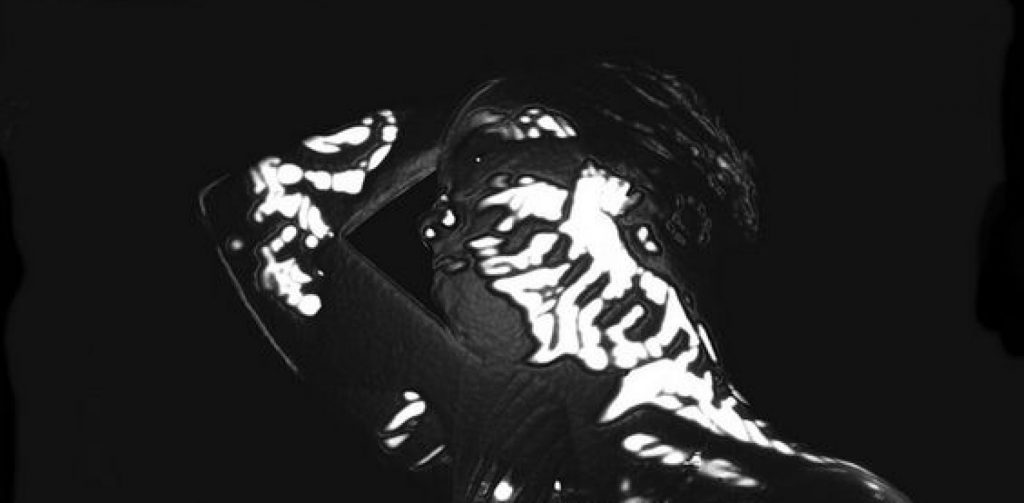HOW DO WE AS SOUND ARTISTS/SCHOLARS DEAL WITH OCULARCENTRISM?
This is a very difficult question to answer, because as ocularcentrists in the western world the most efficient ways of marketing our sound art, performing it, posting it online and adding an expanded context all require visuals in this particular society, where social media has a hold on our attention span and where technology has aesthetically grown to a point where many of us don’t even realise how integrated in our lives it has become. Personally I have always built visuals around my sound as a sound artist because it helps to add a narrative and more effectively grabs the attention of people. Even in our gallery project I installed an audio reactive oscilloscope and projected it – if that wasn’t there would people have spent even half the time they did experiencing it? A visual always grabs the attention of people in the western world instantly, and feeds into our ever decreasing attention spans and ever increasing pace of life and information. The issue of ocularcentrism has made me reflect on the gallery piece I did last term, and raised the question of why I felt urged to include an accompanying visual to the sound. Is it a bad thing placing vision as the top of the hierarchy of senses? It is certainly bad to consider other cultures that don’t see it as the most important as lesser, however in a society that is so dominated by image are we too far deep into our conditioning of vision as the central sense that it is almost impossible to break the cycle? A way to tackle this as a sound artist could be to exhibit work in a way that takes aesthetics out of the equation, by focusing purely on sound. This could be done by doing an installation in a completely dark room and forcing the audience to just listen, by having interactive elements that require touch or taste or smell to experience the piece in its entirety. Expanding a sound piece to be exhibited in an environment that culminates in multi-sensory experience would detract from the importance of vision, e.g. if a sound piece was held in a cool room with deliberate attention to the surfaces, the walls, the feeling of the air, the smell of the environment, the temperature. These considerations would arguably make a sound piece be ‘felt’ in an even more profound and intimate way. But even then I struggle to see how there would be a way to distance an audience from the perception of the dominance of sight without making a room pitch black. Even concerts are judged by the stage design and lighting, so I’m not sure if we will ever get out of this ocularcentric way of thinking.
